The process.
The first thing is simply for Mark and the Client to get on the same page to produce what the client needs.
-discuss the environment of the filming location, safety concerns, lighting, etc.
- if needed, discuss how many on-camera interviews will be conducted; select interviewees and discuss a plan for contacting and coordinating each person.
Determine whether professional audio is needed. For voice-over work, will it be recorded day of filming or recorded at a later time. Who will be the voice-over talent?
Using a voice-over artist is quite a bit less expensive than hiring a professional model for talent.
There are several sites where actors have posted samples of past work, the actors often have a studio in their home and frequently have the ability to let you listen and coach them through the recording of the voice-over, all for a few hundred dollars, depending on the length of the script. One recent quote: $1 per word. However, the final costs would be slightly lower.
That will save our client headaches and money when we get to the edit stage, knowing that everything that was needed was shot and was on point.
Mark stresses the more detailed script / storyboard equates into highest quality video and lowest overall cost.
As far as the video session, here are some of the things Mark does:
POST-PRODUCTION
How much time Mark spends in post-production varies depending on the amount of raw video there is to sift through and how complicated the story is to tell. Were two cameras being used, does b-roll footage need added in several places. The more additions, close up views, etc added, the more post-production needed.
Because clients know exactly what they want to convey in the video, production costs can sometimes be significantly lower when the client sifts through the raw video indicating final edits. The client doesn’t actually make the edit but reviews the raw video clips, and writes down the minute and second where the edit should begin and end. Mark then edits the file to include only the portion of video the client likes best to be used in the packaged video. Keep in mind, when a client sifts through the raw video, it requires full attention. Being side tracked leads to errors.
Taking into consideration each of those phases, concept planning, pre-production, video filming session, and post-production, most projects planned well for one three-minute packaged video is not something completed with a couple days notice. Of course, concept planning and pre-production are usually piecemealed over many days of a couple weeks or more prior to filming. Likewise, during production, any client delays in responding to edits adds days for final delivery would be added for the completion. When everything goes as planned, generally, the finished video takes about 30 days from start to finish.
Should you have a question, send me an email. I will respond within one business day.

